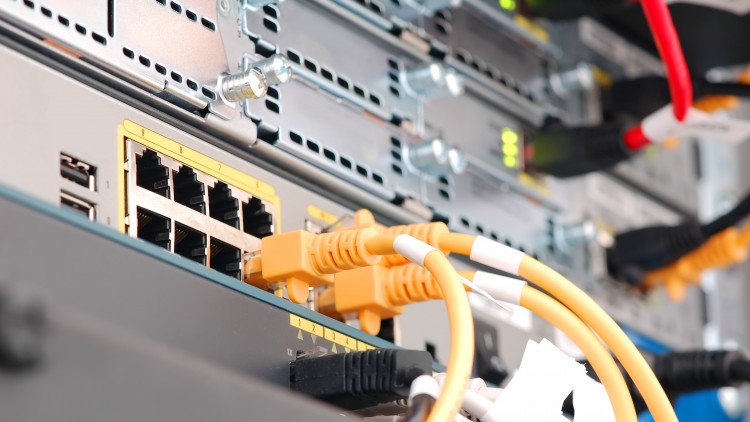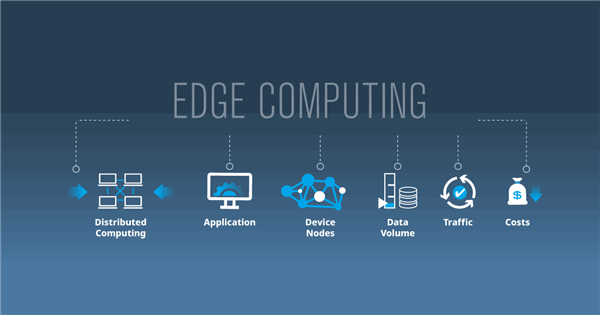justineanweiler.com – In the world of computer networking, Routing and Switching are fundamental concepts that drive the movement of data across networks, from the smallest local area networks (LANs) to the largest global networks like the internet. These processes determine how data packets move from one device to another and how they are efficiently directed to their destination.
In this article, we will explore the concepts of routing and switching, how they differ, and how they play critical roles in maintaining connectivity and performance in modern networks.
What is Switching?
Switching refers to the process of forwarding data packets between devices within the same network, typically within a Local Area Network (LAN). A network switch is the device responsible for performing this task. Unlike a hub, which broadcasts data to all devices in a network, a switch uses a more intelligent method to forward data.
How Switching Works:
- When a device, such as a computer or printer, sends data across a network, the switch examines the Media Access Control (MAC) address of the device to determine where to forward the data.
- The switch builds a MAC address table (also called a forwarding table) that maps each connected device’s MAC address to the switch port it is connected to.
- When data arrives at the switch, it checks this table and forwards the data to the correct port, ensuring it reaches the correct device.
This process allows for more efficient communication, reducing network congestion and ensuring that devices communicate only with the appropriate recipients.
Types of Switching:
- Layer 2 Switching (Data Link Layer): Operates at the data link layer (Layer 2) of the OSI model and deals with MAC addresses to forward frames within a network. It doesn’t require knowledge of IP addresses.
- Layer 3 Switching (Network Layer): Also known as routing in some contexts, Layer 3 switching operates at the network layer (Layer 3) and is capable of handling IP addresses to route packets across different subnets.
Switching Benefits:
- Improved Performance: Switches help avoid network collisions by creating dedicated communication paths between devices.
- Segmentation: Switches can break a large network into smaller segments, which enhances the overall performance and reduces congestion.
- Security: With switching, network traffic can be isolated to specific ports, making it harder for attackers to intercept data.
What is Routing?
Routing is the process of determining the best path for data to travel across multiple networks, such as when data moves from one subnet to another or across the internet. Routers are the devices that perform routing functions, examining the IP address of incoming data packets to decide where to forward them.
How Routing Works:
- Routers use routing tables, which contain information about network paths, including IP addresses and the most efficient routes to reach destinations.
- When a data packet arrives at a router, it examines the destination IP address and compares it to the entries in its routing table.
- Based on the table, the router determines the best next-hop address or the exit interface to send the packet towards its final destination.
Unlike switches, routers operate at the Network Layer (Layer 3) of the OSI model and are responsible for routing traffic between different networks or subnets.
Types of Routing:
- Static Routing: In static routing, the network administrator manually configures the routing table with predefined paths. Static routes are ideal for small, predictable networks.
- Dynamic Routing: Dynamic routing allows routers to automatically exchange information about network topology using routing protocols. The most common dynamic routing protocols include:
- RIP (Routing Information Protocol)
- OSPF (Open Shortest Path First)
- BGP (Border Gateway Protocol)
- Default Routing: A default route is used when a router doesn’t have a specific entry in its routing table for a destination. This route acts as a “catch-all” for packets destined to unknown networks.
Routing Benefits:
- Inter-network Communication: Routers allow communication between devices in different networks, enabling data to flow between LANs, WANs, and even the internet.
- Scalability: With routing, networks can grow larger and more complex without disrupting existing traffic flows.
- Traffic Management: Routing protocols can help optimize traffic flow and reduce bottlenecks, ensuring efficient use of network resources.
The Difference Between Routing and Switching
While routing and switching are both integral to a network’s functionality, they operate at different layers of the OSI model and serve distinct purposes:
| Feature | Routing | Switching |
|---|---|---|
| Layer | Network Layer (Layer 3) | Data Link Layer (Layer 2) |
| Primary Function | Directs traffic between different networks/subnets | Forwards traffic within the same network (LAN) |
| Device Used | Router | Switch |
| Data Unit | Packet (IP addresses) | Frame (MAC addresses) |
| Purpose | Inter-network communication | Intra-network communication |
| Protocol | Uses routing protocols (RIP, OSPF, BGP, etc.) | Works with Ethernet, VLANs, Spanning Tree Protocol |
| IP Address Involvement | Requires IP addresses to route traffic | No use of IP addresses; focuses on MAC addresses |
In short, switching is responsible for forwarding data within a local network (e.g., a company’s office LAN), while routing determines how data travels between networks (e.g., from one company’s network to another or across the internet).
The Role of Routing and Switching in Modern Networks
Both routing and switching are critical to the smooth operation of any network, especially as modern networks become increasingly complex, featuring a combination of local, wide area, and cloud-based architectures.
- Large Enterprise Networks: In a large organization, switches typically handle the movement of data within the internal network, connecting computers, printers, and servers. Routers, on the other hand, connect different LANs and ensure that data can travel from one department or office location to another, or even across the internet.
- Data Centers: Routing and switching work together to facilitate high-speed data exchanges between servers, storage devices, and users, ensuring minimal latency and high reliability. In a data center, switching is often used within a LAN to handle internal traffic, while routing manages traffic between the data center and the outside world.
- Cloud Computing: With the increasing adoption of cloud services, routing ensures that data can efficiently travel to and from cloud environments. Switching helps manage data traffic within private cloud infrastructures.
As the need for more flexible, scalable, and secure networks grows, understanding the roles and differences of routing and switching becomes more crucial than ever.
Conclusion
Routing and switching form the backbone of modern networking, enabling devices to communicate efficiently both within and between networks. While switching focuses on forwarding data within a single network using MAC addresses, routing deals with directing data across different networks using IP addresses. Together, they ensure the reliable and secure flow of information across diverse and complex infrastructures.
As networks continue to evolve with technologies like cloud computing, IoT, and 5G, mastering routing and switching is essential for anyone pursuing a career in networking or IT. Whether you’re an aspiring network administrator or a seasoned professional, understanding these concepts is key to designing and managing efficient, scalable, and secure network architectures.





